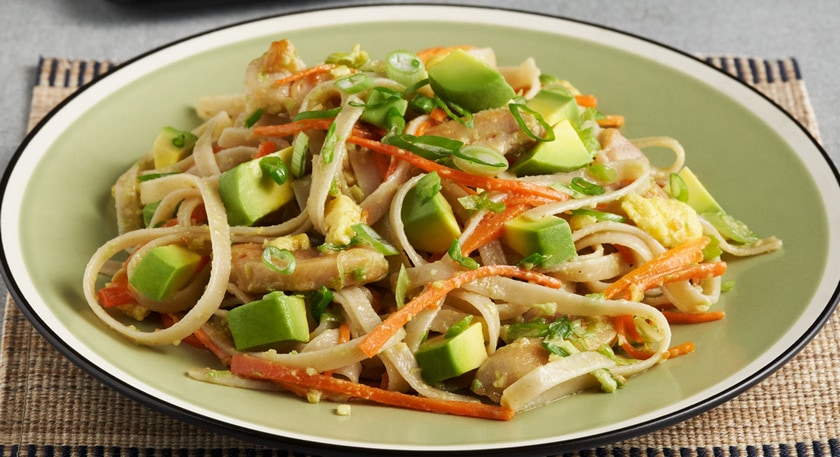
As with all fruits and vegetables, wash avocados before cutting. Check out our tips for how to choose and use California Avocados
Calories. We all need them. But how you reach your calorie requirements in a delicious, satisfying way is another story. There are infinite ways to meet your calorie needs, but rather than obsessing about every single thing you eat and drink, it’s easier and more enjoyable to eat mostly whole foods. These foods generally have not been processed and contain no added ingredients.
You may have heard the terms “nutrient-dense” or “nutrient-rich” foods. These foods provide “quality calories” which means that they are high in beneficial nutrients and relatively low in calories.
What do avocado calories provide?
In just 80 calories, you get a full serving of Fresh California Avocado, or one-third of a medium avocado (50 g), which includes nearly 20 vitamins and minerals and a good source of fiber, plus provides “good” fats (monounsaturated and polyunsaturated fats).
Compare this to the 100-calorie snack packs you’ve seen, like crackers, cookies, and salty snacks made of refined flour, added sugar, salt, and saturated fat. These foods are not nutrient-rich because they don’t provide many beneficial nutrients in exchange for their calories.
Here are some more nutrient-rich vs. nutrient-poor examples:
While these foods’ calorie contents may be similar, the beneficial nutrients of each varies greatly.
Avocado Fruit Stand Salad vs. French fries:
Instead of fries, a standard side dish to sandwiches, substitute a green or fruit salad which many restaurants will gladly do. Ask to add avocado for nutrient-rich creaminess and satisfaction. This Avocado Fruit Stand Salad contains just 166 calories, 15 g carbohydrates, 4 g fiber, and 87 mg sodium, while a restaurant serving of fries contains 491 calories, 63 g carbohydrates, 6 g fiber, and 607 mg sodium.
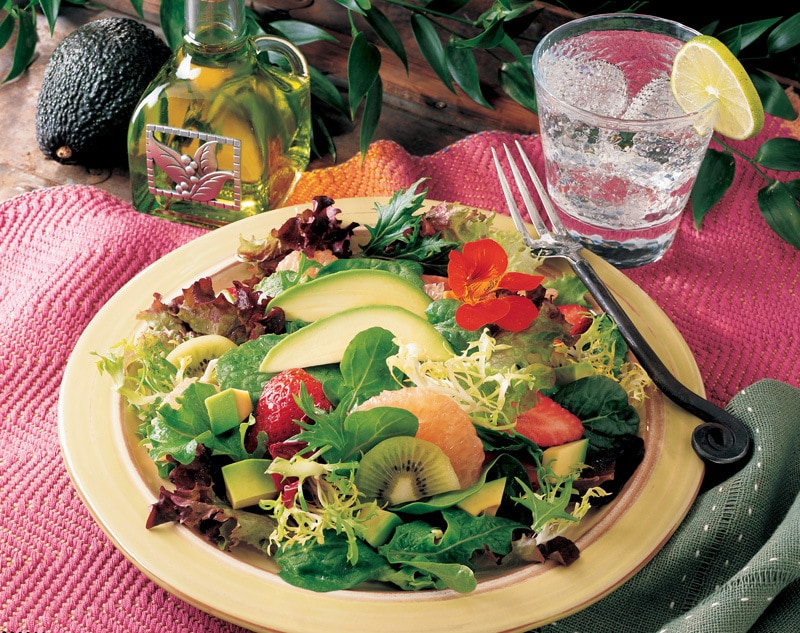
Guacamole vs. onion dip
When serving chips and dip at your next soiree, dish up the creamy deliciousness of guacamole instead of onion dip, whether you’re serving tortilla chips, corn chips, or potato chips. A serving of 4 ounces of classic guacamole with 2 ounces of baked chips, is 315 calories and contains 9 g monounsaturated fat, 0 cholesterol and 500 mg sodium, compared to a 4-ounce serving of onion dip with 2 ounces of baked chips that is 410 calories, 7 g monounsaturated fat, 10 mg cholesterol, and 2469 mg sodium. Try my delicious and nutritious Tomato-Studded Guacamole with Scallions & Chili.
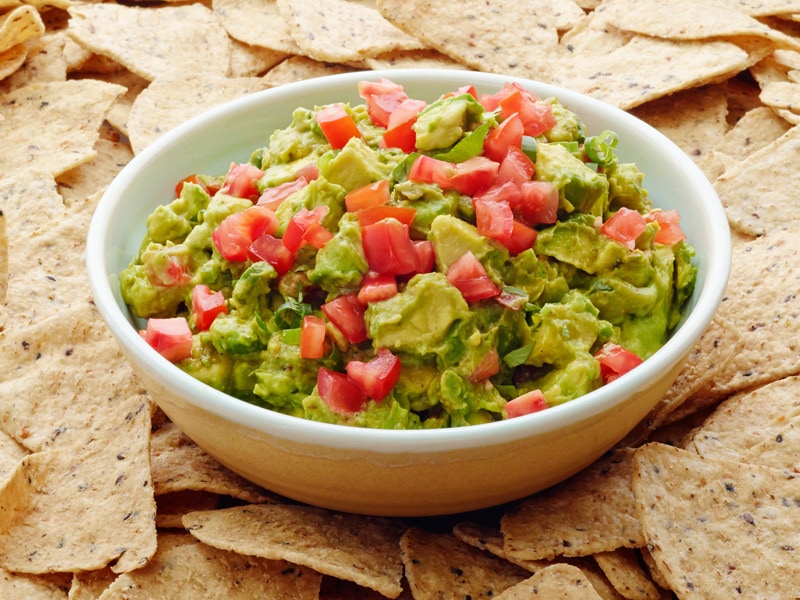
How to know if a recipe is nutrient-rich
It’s the sum of its parts that makes a recipe nutrient-rich or nutrient-poor. Look for recipes that consist of plenty of whole foods like fresh fruits and vegetables, dairy, whole grains, meat and fish that fit into food groups and don’t contain excessive amounts of added sugars. Check out this new recipe that I created: California Avocado Pad Thai with Chicken and Carrots. It’s filled with fruit, vegetables, whole grains, lean proteins, and nuts. The taste is complex and you get a satisfying portion for only 480 calories.
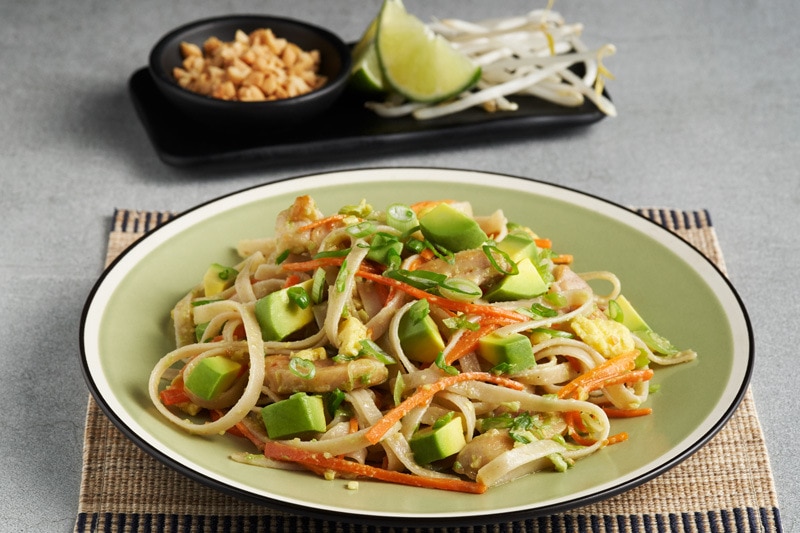
Go Team Nutrient-Rich!
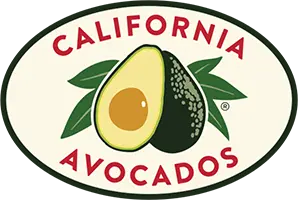
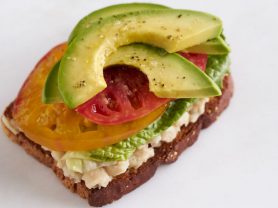
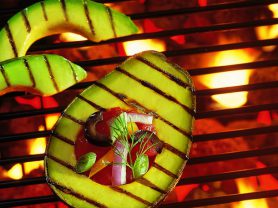
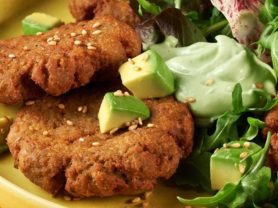

Comments